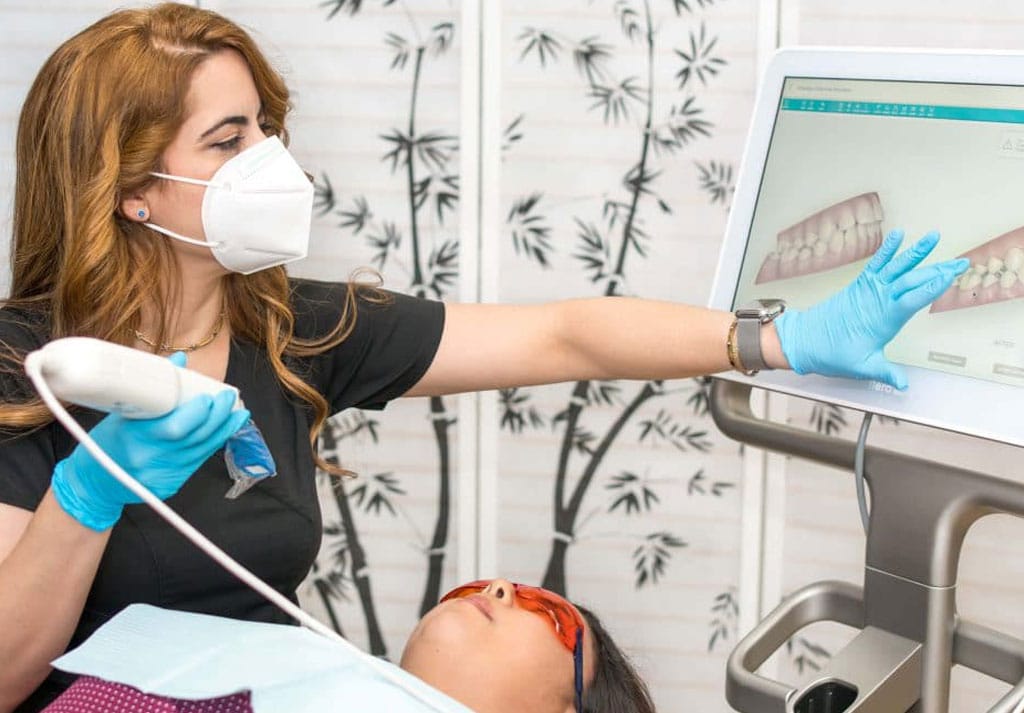
You can fix a chipped, cracked, or otherwise damaged tooth using tooth bonding, also known as dental bonding. Additionally, dental bonding Miami aids in closing gaps between teeth, covering discolorations, and even lengthening a tooth shorter than the others.
The “bond” fixes the broken portion of your teeth using composite resin, giving it a brand-new appearance. The composite tint will be close to the tooth’s color, unlike a crown, so it will continue to seem natural.
Why choose dental bonding, even for a small chip?
While many individuals focus on their smile the most, repairing chips and cracks is essential for your overall dental health. According to Orthodontist near me, It facilitates healthy chewing and stops future harm that can even jeopardize the well-being of the nearby teeth.
Who are the ideal patients for dental bonding?
The ideal candidates for tooth bonding are teeth with minor damage and moderate deterioration. You could prefer a dental implant over bonding if you lost a tooth (or most of a tooth) or the tooth is severely damaged. Dental implants replace the tooth and root with an implant and a porcelain crown. Additionally, individuals who are already satisfied with their teeth’s color are the greatest candidates for dental bonding.
Before asking the best orthodontics near me about teeth bonding, you should whiten your teeth if you’ve always wanted to. If you subsequently whiten your teeth, the color of your natural enamel will lighten, but the color of the bond won’t alter, and your dentist will match the bond to the color of your natural teeth. Below, we go into further detail.
What is the significant risk factor involved in dental bonding?
An easy and safe outpatient procedure is dental bonding. There are no harmful hazards present. In contrast to veneers, your dentist won’t often grind down your teeth, so if the composite resin is damaged, you can get it restored without worrying about how bizarre your tooth will look. Comparing composite resin to veneers and crowns, it also chips and breaks less frequently.
What’s involved in the teeth bonding procedure?
Suppose a filling is also necessary or the orthodontist Hallandale fl wants to significantly alter your tooth’s contour. In that case, teeth bonding is an in-and-out technique that doesn’t even involve an anesthetic. If the tooth chipped close to your nerve, you could need a drug because the unpleasant repair operation might bump the nerve. The first step is to choose a composite resin hue that matches your tooth as closely as feasible.
Your orthodontist in Hialeah will consult a chart to ensure that their decision is sound. The dentist will then prepare to fuse the composite resin on your natural tooth. They begin by putting a bonding agent on top of a rough surface, and the composite and liquid have an easier time sticking to the uneven surface. Then they apply a composite resin to the damaged area, where your dentist molds it to fix the damage.
Conclusion
We hope the above-given information will help you understand some important and valuable information regarding dental bonding. The above article shows the essential factors and aspects of dental bonding. For further informative details, please visit ivanovortho.com.
recent post
What Is Cosmetic Dental Treatment?
June 8, 2023
What Are The Types Of Office Desks?
May 25, 2023
How Invisalign Performs?
May 25, 2023
What is the cause of the underbite?
May 10, 2023
subscribe

NEWSLETTER
Sign up for our Newsletter and stay informed














